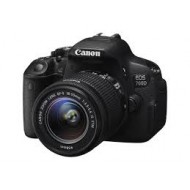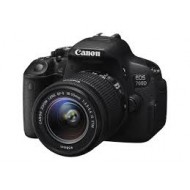Buying a camera is not an easy task. For a first time visitor to a camera store, it is indeed baffling to see such a large variety of specifications, sizes, and prices. For that matter, even professional photographers are divided on their opinion of the best camera. This clearly means that a camera cannot be bought on a whim. However, there is a highly structured rationale to buying the right camera for your needs. Here is a simple introduction.

Know what you need the camera for
Of course, it is obvious that you are buying a camera for photography. But the specific kind of photography decides the technical specifications of a camera. For example, many professional photographers firmly suggest that a beginner should not invest in an SLR camera until he or she learns the basic concepts of photography, such as depth of field, rule of thirds, and the aperture. A simple point-and-shoot camera is a great way to familiarize yourself with these concepts before moving on to advanced photography training modules.
Megapixels are not everything
Smartphone marketing has convinced the world that megapixels are the most important factor in buying a camera. However, if this were the case, there would be no stunning vintage photography. Other features, such as the shutter speed, and flash are also important.
Consider your budget
After understanding clearly what you are buying the camera for, assess the budget. This does not mean that you simply see if you can afford the camera but also take into account a number of other cost-related aspects. There are a variety of associated budgets that you need to take into consideration. These include other lenses, spare batteries if you are keen on travelling and shooting, and an extra memory card. To protect the camera, you will need a camera bag, as well as a UV filter to safeguard each of the lenses you bought, and warranties.
How long do you plan on using it for?
Budget DSLRs are great for the first two years of getting fluent in the scientific aspects of photography. However, they may not be easily upgradeable to better lenses and other professional level features. If you know this is a casual hobby that you are simply exploring, buy an entry level DSLR.
Other features that make a difference
For sports photography, a Burst Mode is great for the high speed action, as it enables you to shoot more stills per second. To slow down chaotic action and capture it accurately, the shutter speed also makes a big difference. If you’re shooting literally on-the-go, it is nice to explore the Anti-Shake technology, as well as Dust Protection. And, photojournalists may consider built-in connectivity features, such as FireWire and Wireless technologies to transmit photos. At the same time, not many people know that professional level DSLR cameras do not offer a flash, so do bear this in mind.
It is important to casually browse and spend time exploring a wide variety of camera in every budget before making your choice. Explore the wide assortment of SLR cameras at Camera Store online. Get all the details here: http://www.camerastore.com.au/digital-slr-cameras/nikon-d.

